Inside Apple hardware prototype and development stages
Proto2 units of the iPhone 15 Pro featured a unified haptic volume button, developed under the codename Project Bongo
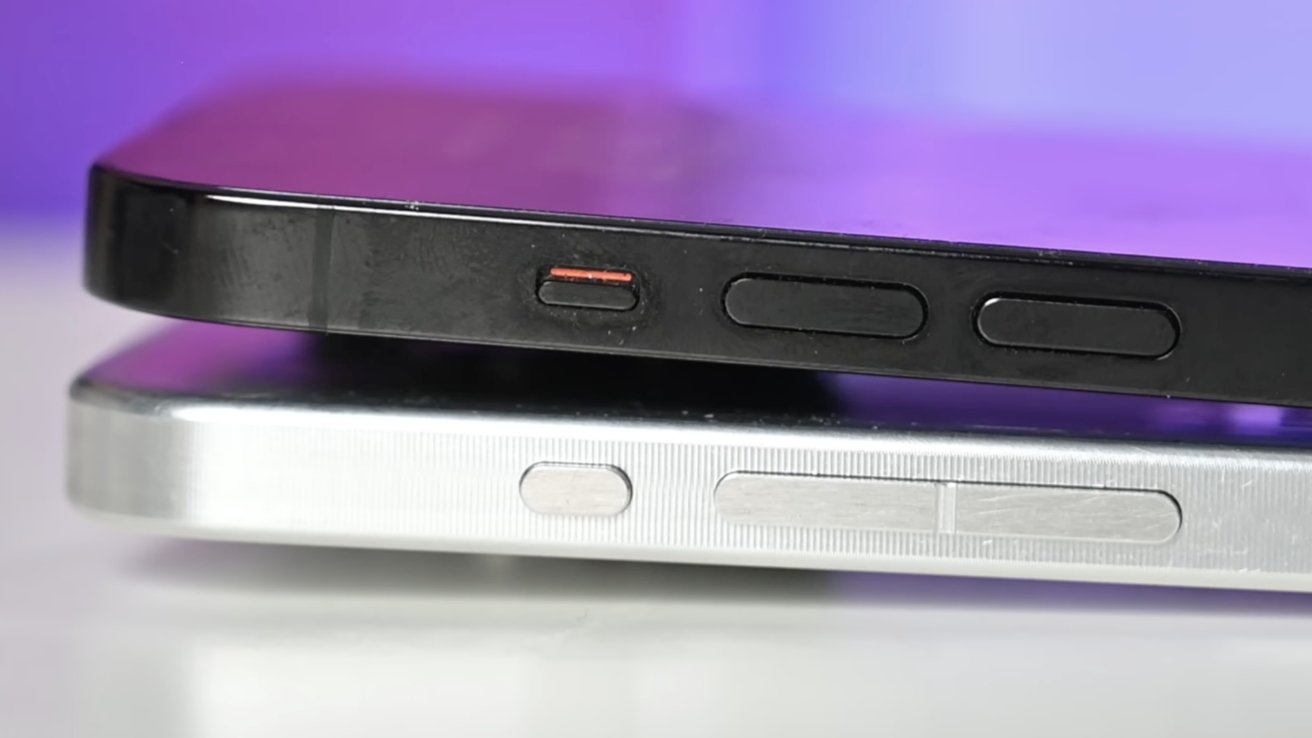
Last updated
Whether a device is a Mac, iPhone, or iPad, every piece of hardware Apple makes needs to go through several prototype and development stages. Here's what that looks like, and what Apple calls each stage.
Each year, Apple's hardware prototypes undergo multiple rounds of testing to ensure that they are of sufficient quality. This can include durability testing, drop testing, water resistance testing, reliability, and design viability testing, among other things.
Apple's prototyping processes are undoubtedly complex, as tests are performed on nearly every core hardware component as a standalone item. Nonetheless, the development of Apple devices as a whole follows a more predictable pattern that is significantly easier to explain.
Initial design mock-ups
Before the prototyping and testing of individual components can begin, Apple first needs to settle on a design for its new hardware project. To accomplish this, the company's development teams create many different mockups, serving as examples of what the finished product could one day look like.
The earliest mockups are typically non-functional, as their sole purpose is to accurately represent a design concept. Because of this, they have no dedicated hardware components and generally only consist of an outside casing.
The materials used for this development stage can vary depending on the unit in question, the selected design, and its complexity. Some early mockups of the original iPhone were made of polycarbonate, for instance, while the final mass-production units were made largely of aluminum and glass.
The authenticity of early Apple mockups is often difficult to ascertain unless the units themselves have an unquestionable connection to the company or one of its employees. If a mockup has an authentic Apple asset tag or a sticker or appears in a book, for instance, then it is likely to be original.
Many of Apple's early iPhone mockups were unveiled through court documents during the company's lawsuit with Samsung in 2012.
Drop test stages
Once Apple settles on an initial design for its next product, detailed documentation, product schematics, CAD files, and measurements are sent to select manufacturing facilities and factories. These designs are then checked multiple times to ensure that there is no interference between individual components.
In some instances, brackets, mounting points, or other minor details may be altered to ensure that the components can fit together once they are produced and assembled. Once a viable test design has been created, preparation for initial drop testing begins.
In specialized areas of factories, dedicated drop-testing environments with slow-motion cameras and specialized robots are set up. To calibrate the equipment before testing, engineers sometimes use plastic slabs with the same dimensions as an upcoming iPhone or iPad.
To make initial testing possible, factories begin producing so-called "Drop1" stage devices. These consist of core structural components, such as the device housing and glass backplate, where applicable.
These core components are sometimes created in multiple colors. This is done when a key production process changes, such as when a new coloring technique or material is used for the initial batch, and the durability of it needs to be tested.
Rather than using fully functional hardware components, Drop1 test units feature placeholder parts. These are often made of machined metal and can substitute the rear cameras, the battery, or even the glass backplate in some instances.
Once the Drop1 units are assembled, they are then subjected to testing. Devices are dropped from specific height levels at specific angles, with the results being recorded and analyzed later on.
Other tests performed include dropping the device into a plastic tube with metal obstacles on the inside or submerging the device into liquid to test water resistance. For all tests, parameters, and key data points are recorded and analyzed after the fact.
The devices themselves are also photographed upon the completion of drop testing so that the resulting damage can then be analyzed. Major defects, structural problems, or issues with the PVD coating process on the casing are all noted, and feedback is sent to the necessary teams.
As changes can occur due to information gathered from the Drop1 stage, Drop2 devices are often produced with alterations or added components on the inside. Similar tests are then conducted on Drop2 stage devices, and relevant information is collected.
Proto - the first attempt at functional hardware
Once the initial drop test stages are complete, the hardware project moves into the Proto stage of development. This stage marks the first attempt at delivering a fully functional device with all the necessary hardware components.
Although Proto-stage units feature working hardware, they are merely the first incarnation of it. This means that Proto devices can have significant differences compared to their mass-production counterparts.
These differences can pertain to the outside casing, in some instances, or they can impact ports and connectors located on the inside of the device. This means that a Proto-stage device might be incompatible with mass-production parts such as screens or buttons.
Because of their differences relative to the final product, Proto-stage units are often highly collectible. They are also difficult to repair, though, as a result of said differences and incompatibility with commonly available parts and components.
As this development stage involves functional hardware, even more testing is required to ensure proper functionality and long-term durability. Because of this, factories have dedicated machines, known as test stations, which test individual hardware components and sensors within the devices.
As a result, the Proto stage often encompasses two sub-stages, known as Proto1 and Proto2, to account for any design changes and alterations that may occur due to information obtained from test results.
Proto1 and Proto2 development stage units often run the NonUI variant of iOS. This type of iOS is largely intended for hardware testing and is often used by Apple's hardware engineers and calibration equipment.
EVT - Engineering Validation Testing
The next major step after Proto is known as EVT, an acronym for Engineering Validation Testing. This development stage primarily focuses on perfecting the hardware and ensuring that no hardware-related problems persist.
The EVT stage can encompass multiple substages, which are designated numerically, such as EVT-1, EVT-2, and so on. These exist to account for specific changes made during development, which are not large enough to constitute a separate development stage.
For some devices, Apple creates letter-based EVT substages. This can happen if a major problem is noticed later in development or even on mass-production devices. This forces Apple to revert to EVT devices for additional testing and development.
In the case of the iPod Touch 3rd generation, for instance, the mass production units Apple initially shipped featured a bootrom exploit that could not be easily patched or fixed. Because of this, the company created a new batch of EVT devices with modifications and eventually shipped a new version of the iPod with an updated bootrom.
As is the case with Proto1 and Proto2 stage devices, EVT prototypes can often have noticeable design differences compared to final mass production units. EVT units also run the same general operating system variant — iOS NonUI.
In the case of the iPhone 15 Pro, for instance, EVT prototypes featured haptic buttons developed under the codename Project Bongo. Similarly, the iPod Touch 3G mentioned earlier also featured a rear camera at one point in development.
Neither of these features can be found on the final mass-production units, as the hardware was scrapped in both instances for one reason or another.
DVT - Design Validation Testing
After EVT, the hardware project moves into the next stage, known as DVT, which is short for design validation testing. This stage builds upon EVT and ensures that the product has both functional hardware as well as a viable design with no defects or structural problems.
The DVT stage consists of the same numerical (DVT-1) and letter-based (DVT-a) substages. There are no set limits as to how many substages can fall under Design Validation Testing, so it is possible to encounter prototype devices with designations such as DVT-4.
DVT-stage devices often bear a significant resemblance to their mass-production counterparts, with only minor exterior differences being present, if any. Because of this, Apple sends out DVT-stage devices to regulatory authorities, such as the FCC, to confirm compliance with existing standards and regulations pertaining to electronic devices.
Similarly, Apple also sends out DVT-stage devices to phone carriers and network providers worldwide to ensure compatibility with major cellular networks. Such devices are labeled as CRB, short for "Carrier Build," even though they are functionally identical to DVT units in every way.
CRB devices often run a unique variant of iOS known as CarrierOS. In most cases, it's a stripped-down version of the InternalUI variant. This means it includes the standard iOS user interface but with network-related test applications such as E911Tester.
In general, DVT-stage devices can run either InternalUI or NonUI versions of iOS, depending on the type of tests they're used for. The hardware of DVT prototypes differs from production units at the board level.
Unlike mass production devices, DVT and earlier unit devices are "development-fused." This ultimately means that they can run additional code, and they are easier to debug compared to production units, which is why they are used in multiple development processes.
PVT - Production Validation Testing
By the PVT stage, the complete design of the new hardware project has been finalized. PVT-stage prototypes are virtually identical to mass production units, apart from the fact that they run the NonUI variant of iOS.
The PVT stage of development primarily focuses on perfecting manufacturing procedures. With every product, Apple needs to ensure that the device can be mass-produced without any issues with the units themselves or factory equipment.
Another variant of PVT device is the so-called PRQ unit, short for "Post Ramp Qualification." These devices are tested when Apple introduces a minor change, such as a new color option after release, and they are identical to PVT and mass production units.
Because PVT stage units are effectively identical to the final product, these devices are worth significantly less to collectors. Their only redeeming quality is the fact that they run iOS NonUI.
The one exception to this rule would be PVTE stage devices, with the acronym standing for Production Validation Testing - Engineering.
Unlike standard PVT units, which are tested to ensure that mass production can proceed without issues, PVTE devices are used by Apple's software engineers. This means that they run the InternalUI variant of iOS, which features the standard iOS user interface, along with in-development features and internal settings.
As a result, PVTE units can contain early implementations of software features years away. A PVTE-stage iPhone Xs Max, for instance, contained an early version of Apple's on-device email categorization feature which only debuted five years later.
MP - Mass Production devices
Once all prototyping is completed, factories will begin mass-producing the new device ahead of launch. To ensure that the units shipped are fully functional, the hardware of each device is tested before it is sent out.
To facilitate the final test process, Apple first installs a NonUI version of iOS onto mass production units so that employees and test equipment can interact with the devices. Once quality control testing is complete, release (stock) iOS is installed, and the units are shipped out to be sold.
Every device sold legally by Apple to customers or other third parties can be considered a mass-production device. Devices produced with this purpose in mind are also considered mass-production units and are known as MP-intent.
Some of these devices inevitably fail the quality control tests due to hardware malfunctions or major defects that cannot be repaired. They are considered quality control rejects, and the defective components are generally sent out for recycling.
MP devices that fail quality control testing can still have the NonUI variant of iOS installed, making the logic board somewhat more valuable to a collector than a standard one with the release of iOS.
An MP-stage device running iOS NonUI is not worth nearly as much as DVT or an earlier device, however, because it features mass-production hardware that can be found with relative ease.
What does all of this ultimately mean?
Prototypes offer unique insight as to how devices can change during development. In some instances, Apple abruptly removed key hardware components from upcoming devices, replacing them with more conventional parts.
Apple's many different prototype stages also serve as an indication of the company's quality control practices and high manufacturing standards. New products are tested extensively, through and through, to ensure that no hardware-related problems reach end consumers.
 Marko Zivkovic
Marko Zivkovic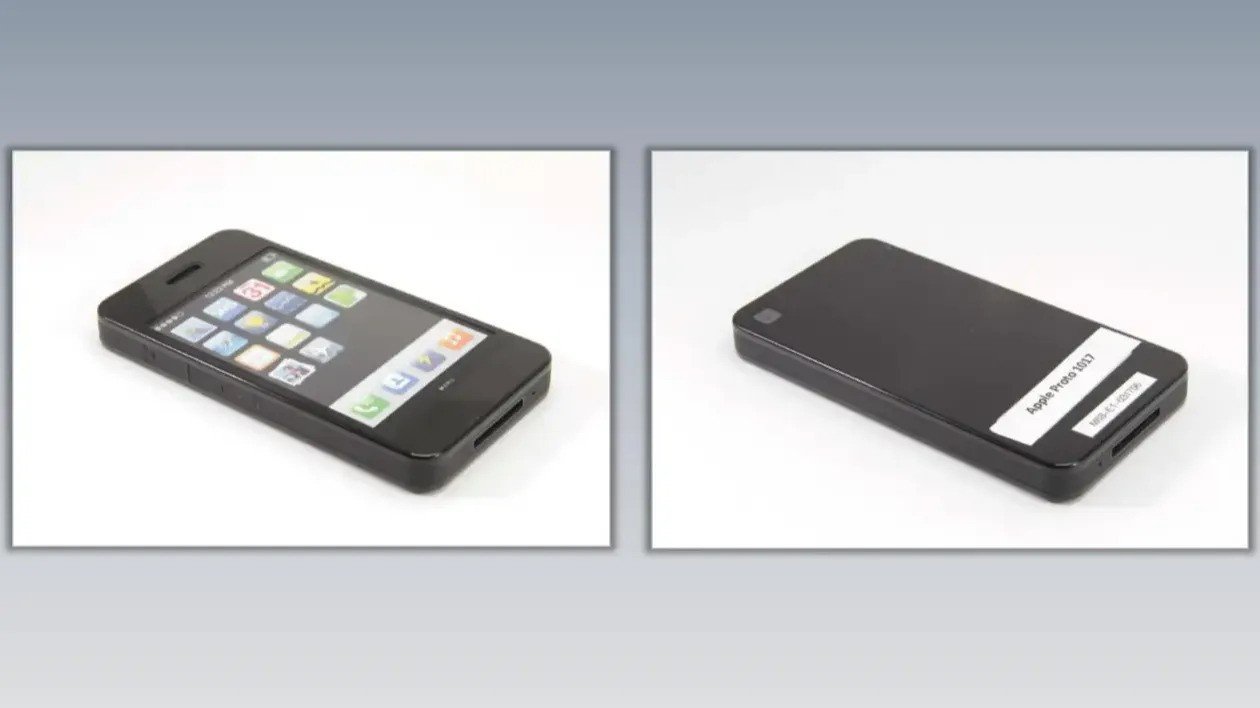



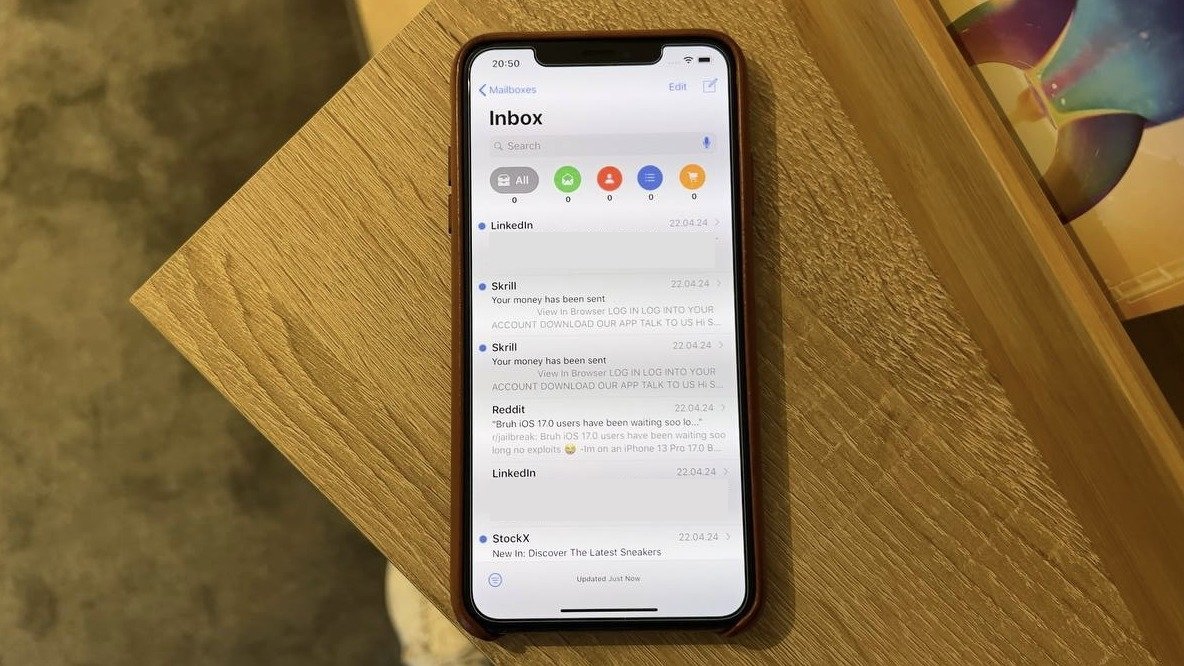
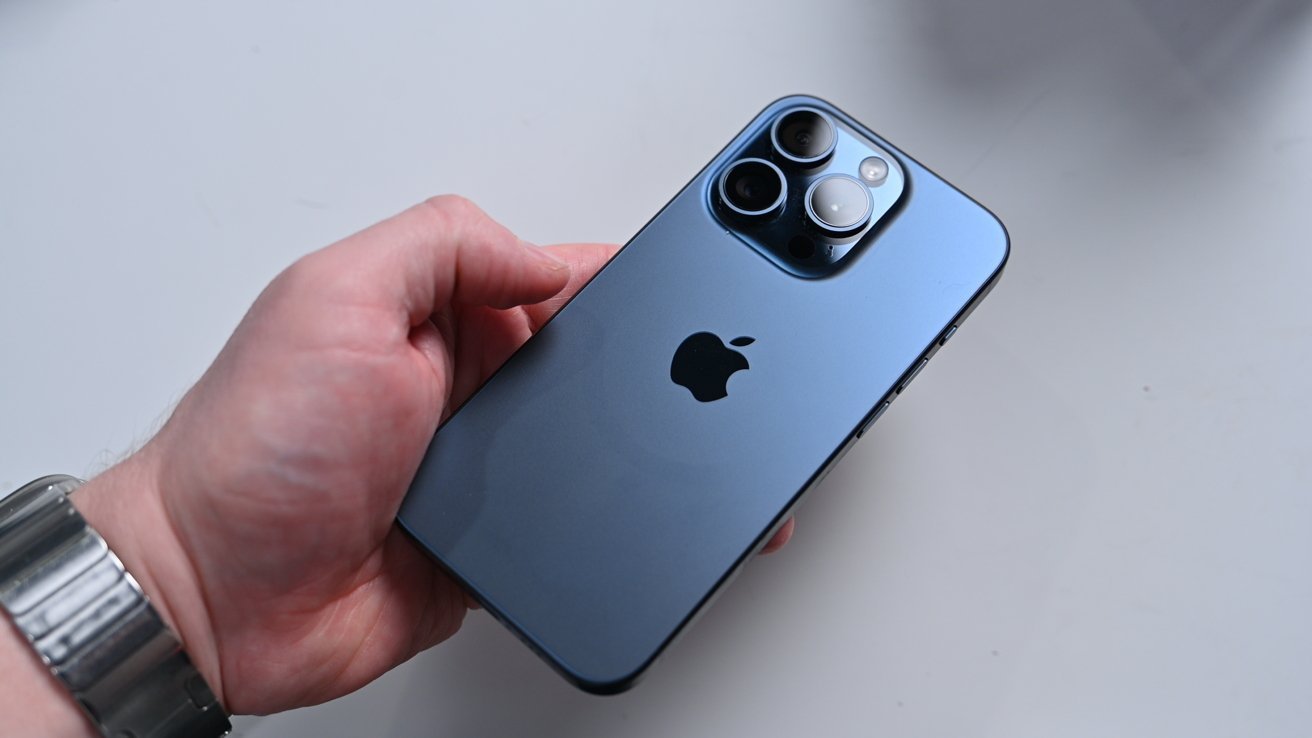


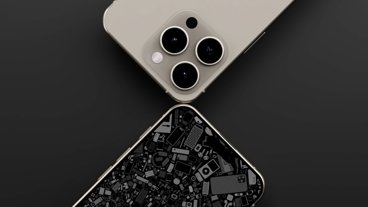
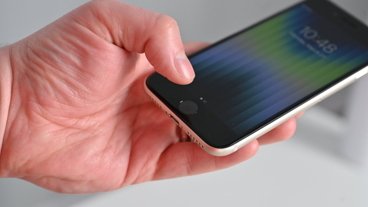



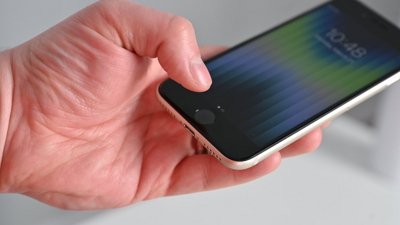
 Amber Neely
Amber Neely
 William Gallagher
William Gallagher
 Andrew O'Hara
Andrew O'Hara
 Christine McKee
Christine McKee


 Sponsored Content
Sponsored Content







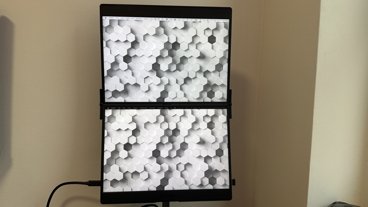

There are no Comments Here, Yet
Be "First!" to Reply on Our Forums ->